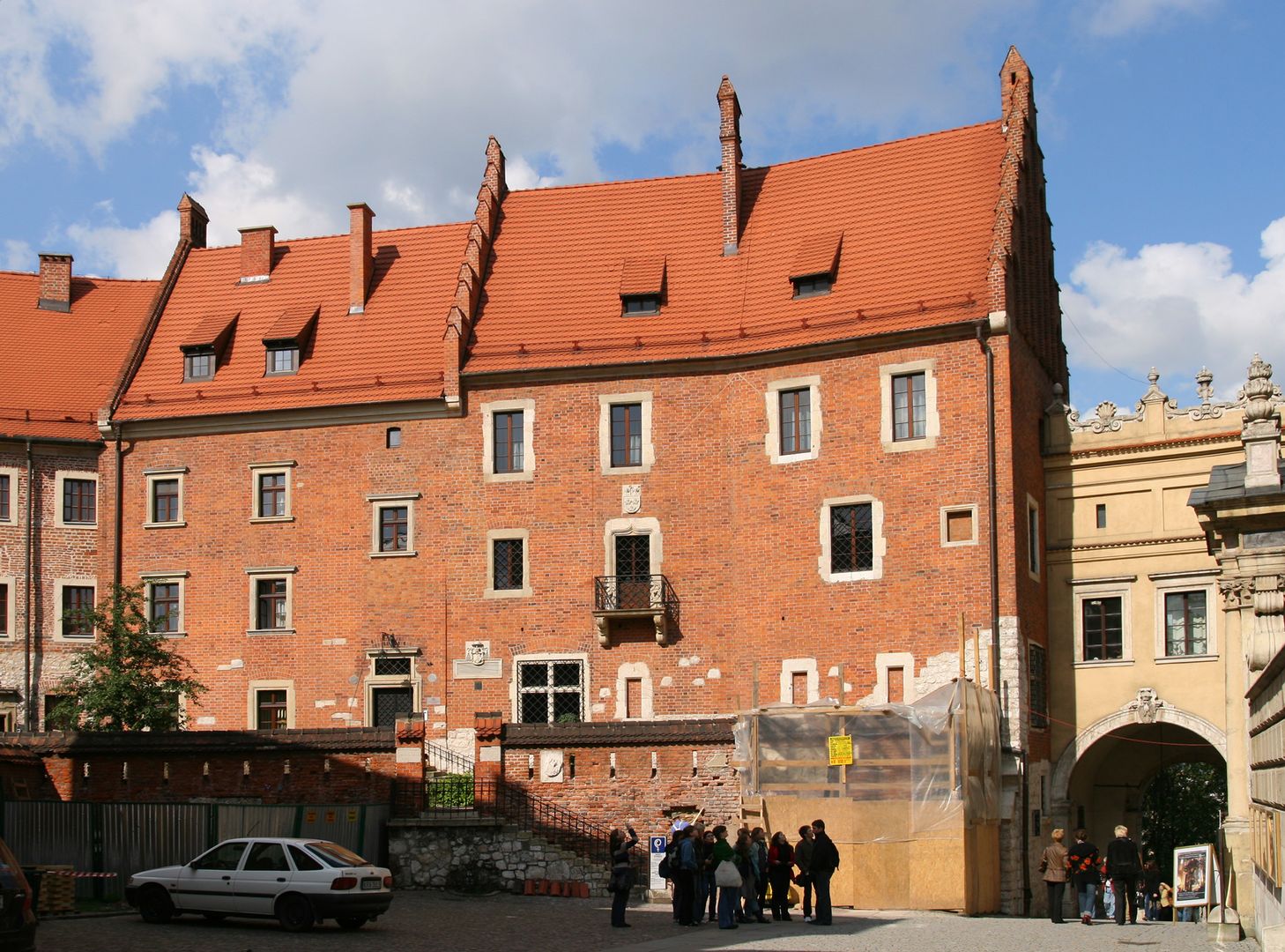John Paul II Wawel Cathedral Museum
6.61

Overview
The John Paul II Cathedral Museum, established in 1978 in the Cathedral House on Wawel Hill in Krakow, is a significant cultural institution owned by the Archcathedral Parish. It was founded on the basis of the Archdiocesan Museum, which had been operating since 1906, and its exhibits are primarily related to the history of Wawel Cathedral. Cardinal Karol Wojtyła, later Pope John Paul II, played a key role in its establishment, donating a valuable chalice for the museum’s opening, which, according to legend, belonged to Queen Jadwiga. The museum continuously expands its collection, showcasing items from the cathedral treasury, liturgical vestments, works of art, and unique documents preserved in the Archives of the Cathedral Chapter. The museum’s permanent exhibition, located on two floors, is divided into four thematic rooms: the Royal Hall, containing artifacts related to royal coronations and burials, such as the Lance of St. Maurice and the coronation sword of Augustus III; the Hall of Items from the Cathedral Treasury from the 11th–16th centuries, including architectural fragments and Gothic caskets; the Hall of Artifacts from the 17th–20th centuries, featuring Bishop Andrzej Lipski’s miter and portraits of bishops; and the Papal Hall, which houses memorabilia related to John Paul II, such as his cassock, biretta, and commemorative medals. The museum not only enriches knowledge of Polish history and culture but also participates in special projects, such as the exhibition "Wawel 1000–2000," which showcases the thousand-year history of Wawel Hill.
Location
Tickets
Powered by GetYourGuide
2025 Wizytor | All Rights Reserved